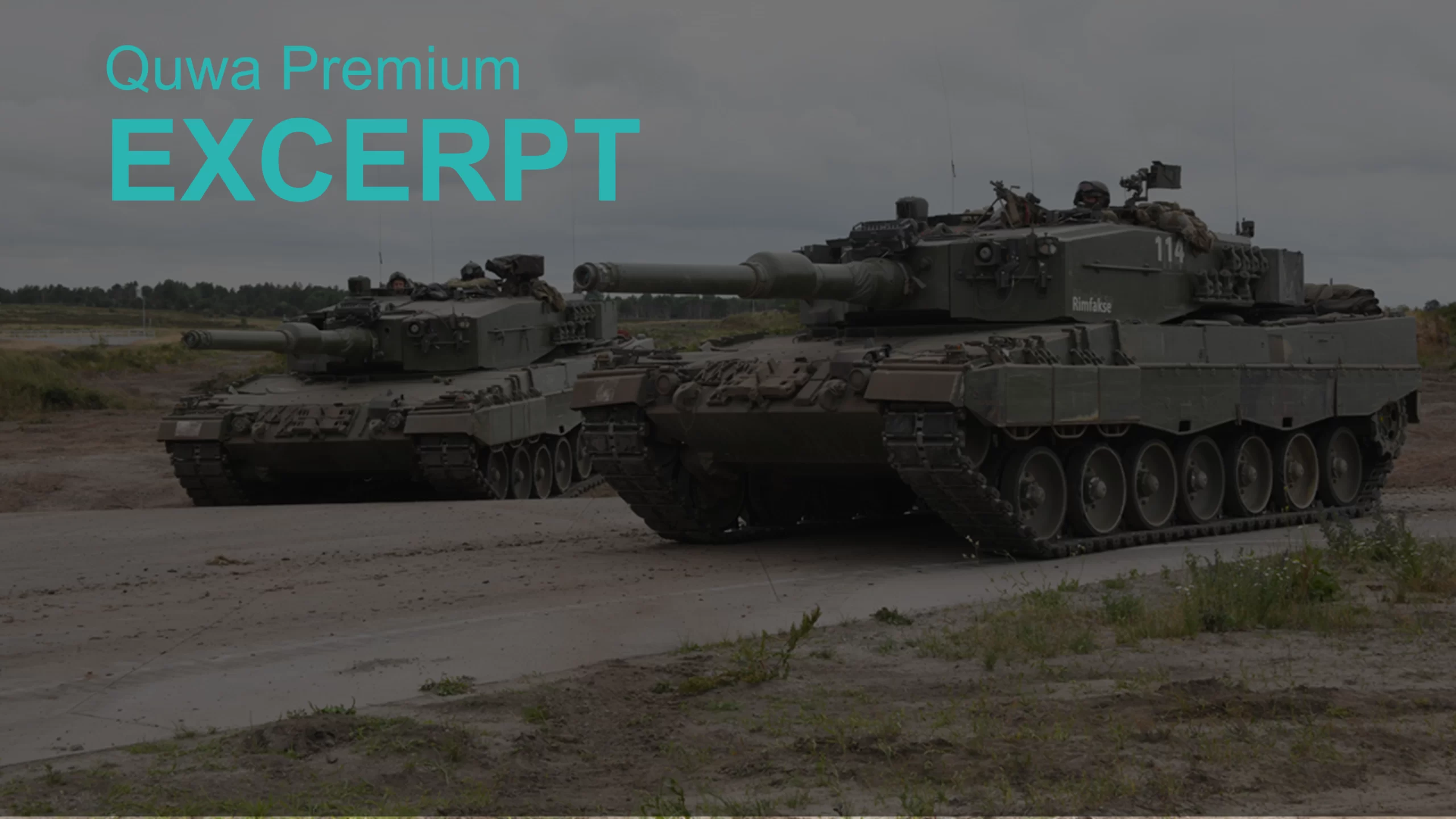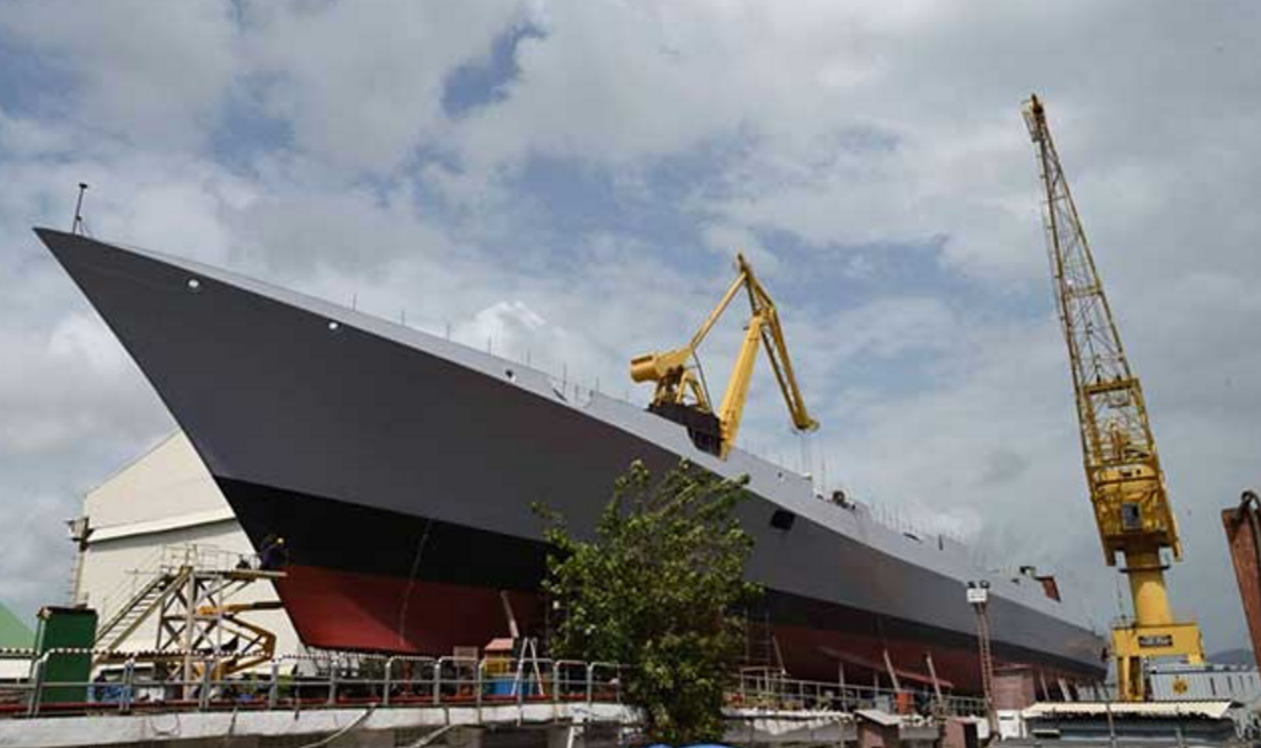54Views 20Comments

Is Pakistan Getting More F-16C/D Block-52+?
22 October 2015
By Bilal Khan
In the backdrop of a possible civilian nuclear energy deal between the U.S and Pakistan (which I intend to write about in the coming days), the U.S government just cleared the sale of eight F-16s to the Pakistan Air Force (PAF). The sale has been described by the New York Times as an “overture intended to bolster a tenuous partnership” between the two countries. It is not clear if this specific sale is a standalone contract or if it is part of a broader agreement involving munitions and/or additional fighters (as options), but it should not be long before a formal notification is sent to Congress by the Department of Defense.
Given the history, it is not easy to discuss U.S-Pakistani relations at any level, even in the context of what should be a simple arms sale. American arms sales to Pakistan are not simple commercial transactions, but are strategically driven moves by Washington to firmly ensure Islamabad’s cooperation in delivering the former’s vital security interests. On the other hand, high-tech American arms such as the F-16 are viewed by Pakistan as instrumental conventional assets for use against India.
This is the basic idea, and yes, there is a lot more to it than just the above, but for brevity and focus, I am just going to cut ahead to the technical aspects of this deal. Rest assured, I will go in-depth with the topic in a later article, but for now, I want to focus on what this purchase might mean in the coming years.
After roughly a decade long arms embargo, the PAF was able to order 18 new-built F-16C/D Block-52+ from the U.S in a multibillion-dollar order including (on top of the new fighters) a large cache of advanced air-to-air and air-to-surface munitions as well as Mid-Life-Upgrade (MLU) kits for 46 F-16A/B Block-15s, bringing the PAF’s existing A/Bs to Block-52+ standards (in terms of radar, avionics and ECM/EW). The contract also left an option for 18 additional Block-52+, but the PAF did not pursue it (likely due to financial problems, especially during the height of Asif Ali Zardari’s presidency). In 2014 the PAF took delivery of 13 used F-16A/Bs from Jordan, bringing its total F-16 fleet (after attrition) to around 76 fighters.
With the AN/APG-68(V9) radar, Joint Helmet-Mounted Cueing System (JHMCS), ALQ-211 Advanced Integrated Defensive Electronic Warfare Suite (AIDEWS) and Link-16 data-link terminals, the F-16 (Block-52+ and MLU) sits at the high-tech and high-capability flank of the PAF’s fighter fleet. Whereas the JF-17 is a dependable backbone fighter capable of filling all tactical mission needs, the F-16 is the PAF’s main answer to the IAF’s marquee fighters, most notably the Su-30MKI, MiG-29 and Mirage 2000/-5. The Block-52+/MLU is among the most advanced and capable fighter platforms in use in South Asia.
Based on the recently announced deal, I imagine the PAF is looking to build its Block-52+ fleet incrementally by opting to make low-risk and comparatively low-cost purchases over a period of several years. Before the U.S sanctioned Pakistan over its nuclear program in the 1990s, the PAF intended to have a total of 110 F-16A/Bs in service, I suspect the PAF is basically looking to reach that force level (albeit with newer C/Ds and upgraded MLUs). This is a manageable method and is something I expect the PAF will stick to as long as the F-16 production line remains open at Lockheed Martin’s facility in Texas.
If the PAF can secure the AIM-9X High Off-Boresight (HOBS) Within Visual Range Air-to-Air Missile (WVRAAM), then 100+ F-16s would be a very capable force (especially when given support by Erieye and Karakorum Eagle AEW&C). In addition to new-built airframes, one should also factor in the possibility of the PAF pursuing surplus or mothballed frames as well, particularly ones suitable enough to take on structural restoration and the Mid-Life-Update (or Common Configuration Implementation Program, in the case of used F-16C/D airframes). Depending on Pakistan’s funds and America’s willingness, the PAF could have a chance at building a fairly sizable F-16 fleet.
There are some major caveats. For one thing, Pakistan’s F-16s come with very onerous end-user obligations, among them apparently having a team of American military and civilian observers on premises, so as to ensure that China or other countries are not given illicit access to sensitive technology. In addition, if Pakistan were to militarily confront India, immediate sanctions from the U.S should be expected, and following the conflict, the long-term longevity of the PAF’s F-16 fleet would be uncertain.
That said, the F-16 is the only medium-weight multi-role fighter available to the PAF (besides the Chinese J-10). In addition, the F-16 is one of the most reliable and mature as well as battletested platforms around, and with the advent of the F-16V-upgrade (which includes an Active Electronically Scanned Array or AESA radar), it is ‘future-proof.’ Furthermore, there is the reality that the PAF already operates F-16s, thus the costs associated with maintenance infrastructure have already been absorbed, thereby making additional F-16s a more financially and technically feasible option than a new fighter type for the PAF.
As far as the PAF is concerned the only thing that has a shot at fully succeeding the F-16 would be a next-generation fighter platform, such as China’s FC-31 Gyrfalcon, which the PAF reportedly expressed interest in buying in the future when available.


